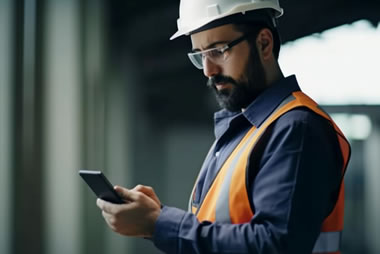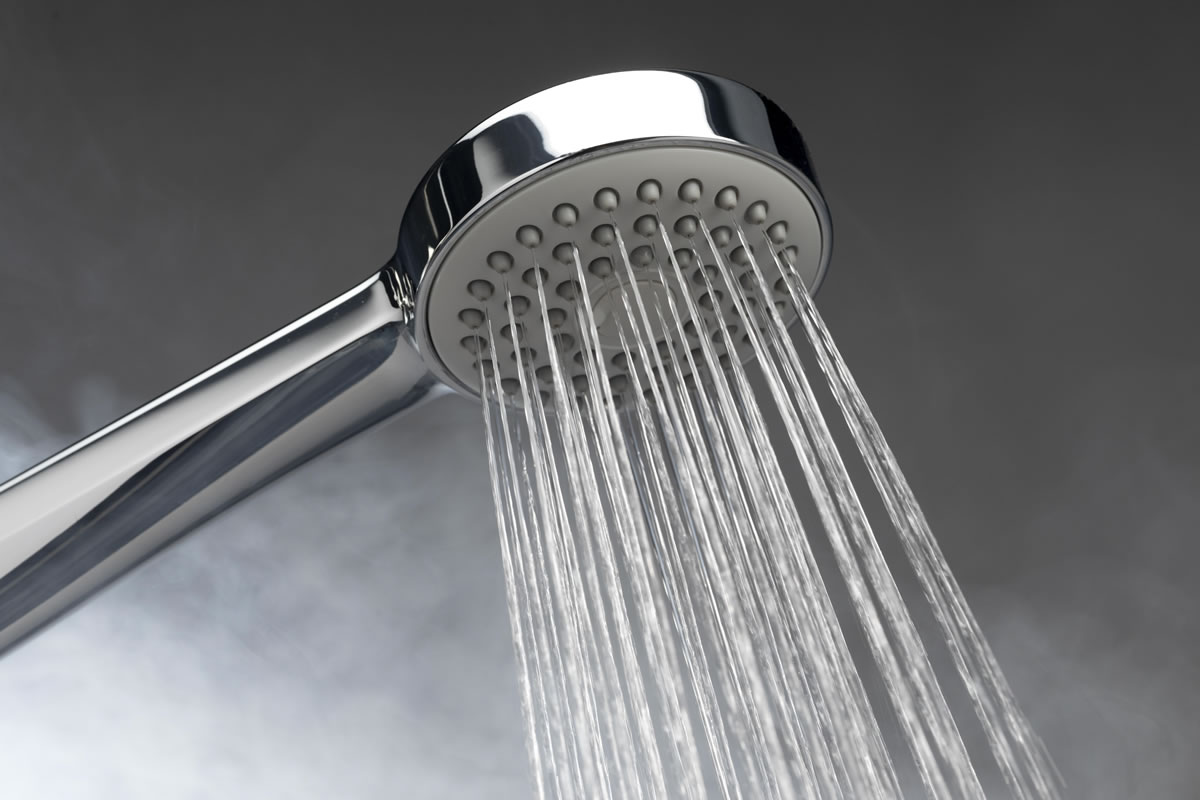Facts You Need to Know About Legionella Risk Assessments
 In this article the water safety specialists at Legionella Control International highlight the facts around Legionella risk assessments, focussing on what you need to know to remain compliant with current UK safety laws.
In this article the water safety specialists at Legionella Control International highlight the facts around Legionella risk assessments, focussing on what you need to know to remain compliant with current UK safety laws.
The first question we consider is, do you need to carry out a risk assessment in the first place, and if you do, can you do it yourself. We then go on to look at who has responsibility for arranging one and how much an assessment costs. We conclude by highlighting where risks from Legionella may be increased, what factors the assessment should consider and how often they should be reviewed.
A version of this article highlighting the facts around Legionella risk assessments and what you need to know first appeared in Legionella Control International’s newsletter. To get it in your inbox, sign up for free here.
Preventing Legionnaires’ disease in your workplace
No doubt you’ve heard about Legionnaires’ disease, a serious infection affecting the lungs caught by inhaling contaminated droplets of water. It got its name from an outbreak that occurred in 1976 in Philadelphia, USA. Other outbreaks had occurred prior to this, but it was only following the Philadelphia disease outbreak that the Legionella bacterium was identified. The name was created owing to the American Legion members who were affected in the incident.
Today, most countries around the world have rules and regulations in place to make sure the chances of such outbreaks are kept to a minimum. If Legionella bacteria are kept under control in manmade water systems, the risks of being affected by them are low. This means there is little chance of anyone falling ill with Legionnaires’ disease or its less serious cousin, Pontiac fever.
Legionella risk assessments are a vital tool – and your starting point – to help make sure no such outbreaks can occur. In the UK, there are serious penalties for businesses and individuals who fail to conduct such risk assessments or prevent outbreaks of Legionnaires’.
Do you need to conduct a Legionella risk assessment by law?
Yes – according to health and safety law in the UK and the primary safety regulator, the Health and Safety Executive, all workplace risks associated with Legionella and other harmful waterborne bacteria should be identified, managed, and controlled to keep people safe. The risks fall under the Health and Safety at Work etc. Act, The Management of Health and Safety at Work Regulations and COSHH. This means that if you are responsible for managing a building or other facility that uses water, whether you are an employer, landlord, or other responsible person, you must conduct a Legionella risk assessment.

Can you do the risk assessment yourself?
It’s highly unlikely – and in many cases, it may be prudent to consult an expert risk assessor to tackle the job for you to ensure it is done properly. A water safety specialist such as Legionella Control International will have ample experience and suitable qualifications to assess the risks present in the water system you are responsible for. Since the risk assessment must be conducted by someone responsible, knowledgeable, and able to identify the risks, this is often a better path for many people to take.
Does this pass responsibility for the Legionella risk assessment to the assessor?
The risk assessment company you choose obviously have a vital role to play, but the responsibility for managing the safety of the building water systems remains with you. You must be sure you have chosen a company qualified and able to conduct that assessment, no matter the outcome, as that is your responsibility.
How much does it cost to get a Legionella risk assessment?
The cost of the assessment depends on many factors; not least how large the building is that needs to be assessed. Even then, two buildings of equal size may still have entirely different water systems, one more complex than the other. These two elements will play into the cost of the assessment. It is also possible to get more than one quote, of course, just as you would with other services.
Which areas of a water system pose the greatest risks from Legionella?
Legionella can grow in any manmade water system that provides it with the ideal conditions in which to do so. This points to a water temperature of between 20 and 45 degrees Celsius, suitable nutrients to feed it and ideally stagnant water – or at least water that doesn’t regularly flow through the system.
A Legionella risk assessment will identify any risks from the bacterium that are present in the water system. It should identify whether these risks are easy to remove – the ideal scenario – or whether they can be mitigated. For example, a run of pipework to a sink that is no longer used is best removed along with the sink itself. However, if that sink does receive occasional use, it may be wiser to regularly flush through the pipework and the taps instead of removing it altogether.
Legionnaires’ disease is spread through Legionella contaminated water vapour – steam, spray, and miniscule droplets that can be inhaled by anyone nearby. A risk assessment should identify potential risks wherever such vapour may arise – via cooling towers, showers or even spa baths or water features. There is no need to prevent such equipment from being used, but there should be adequate steps to ensure the water vapour does not contain dangerous quantities of Legionella bacteria.

The risk assessment should also consider water management factors
How well is the water system being managed and are the people managing it competent to do the job? These are two key questions that the Legionella risk assessment should address. It’s not merely a case of identifying potential issues within the water systems. It’s also a case of finding out how well the systems are managed.
For example, in the case of a workplace, do all employees know and understand the risks connected with Legionella bacteria? Do they have relevant training to help them manage the risks? Do those with responsible roles have regular training and refresher courses to help them carry out their jobs properly?
The same applies to anyone responsible for treating or cleaning parts of the water system. If this is not done correctly, Legionella risks may affect others in the area, as we know from the water vapour issues mentioned above.
How often does a Legionella risk assessment need to be conducted?
The previous recommendation was to conduct one every two years at least, and oftentimes sooner if any changes were noted or made that required an update. Now, though, it should be reviewed whenever anything occurs that causes one to believe the existing assessment is out of date and does not reflect the current situation.
Again, this points to the need for a specialist to carry out the task. The water safety expert you take on will be able to recommend how often this should be done. They’ll also provide insight into the various risk factors that could require the Legionella risk assessment to be updated.

Of course, the assessment is a starting point of sorts, too. Anything identified within it that poses a risk should be managed to ensure it no longer poses a risk. Whether that involves removal of a disused part of the water system or regular cleaning, disinfecting, and flushing through of lesser-used pipework, this should be noted.
In this sense, the Legionella risk assessment is a useful tool to help maintain the safety of the water systems and should be seen as a “living document” – something to guide those responsible for water safety on an on-going basis, rather than a document that’s neatly filed away and forgotten. This applies to all buildings and other facilities, plant and equipment that use water, and shows how vital a tool it is to get right.
World leading legionella risk management specialists
The water safety specialists at Legionella Control International help business owners and those responsible for the control of Legionella and other waterborne pathogens manage their workplace risks to maintain regulatory compliance and keep people safe.
We are experienced water safety specialists and deliver full range of services including risk assessments for legionella, pseudomonas and other waterborne pathogens. We also offer Authorising Engineer support, compliance auditing, water quality testing, City & Guilds training and other health and safety risk management services that help keep staff and others safe.
If you would like to speak with one of our water safety specialists about reviewing your legionella risk management processes call us today on 0330 223 36 86 or contact us here …


